Daylily Leafminer Adults and Larvae Active
The Daylily leafminer is a recent pest from Asia. It was first detected in 2006 but has now spread …



El inglés es el idioma de control de esta página. En la medida en que haya algún conflicto entre la traducción al inglés y la traducción, el inglés prevalece.
Al hacer clic en el enlace de traducción se activa un servicio de traducción gratuito para convertir la página al español. Al igual que con cualquier traducción por Internet, la conversión no es sensible al contexto y puede que no traduzca el texto en su significado original. NC State Extension no garantiza la exactitud del texto traducido. Por favor, tenga en cuenta que algunas aplicaciones y/o servicios pueden no funcionar como se espera cuando se traducen.
Inglês é o idioma de controle desta página. Na medida que haja algum conflito entre o texto original em Inglês e a tradução, o Inglês prevalece.
Ao clicar no link de tradução, um serviço gratuito de tradução será ativado para converter a página para o Português. Como em qualquer tradução pela internet, a conversão não é sensivel ao contexto e pode não ocorrer a tradução para o significado orginal. O serviço de Extensão da Carolina do Norte (NC State Extension) não garante a exatidão do texto traduzido. Por favor, observe que algumas funções ou serviços podem não funcionar como esperado após a tradução.
English is the controlling language of this page. To the extent there is any conflict between the English text and the translation, English controls.
Clicking on the translation link activates a free translation service to convert the page to Spanish. As with any Internet translation, the conversion is not context-sensitive and may not translate the text to its original meaning. NC State Extension does not guarantee the accuracy of the translated text. Please note that some applications and/or services may not function as expected when translated.
Collapse ▲The Daylily leafminer is a recent pest from Asia. It was first detected in 2006 but has now spread …

If you like NC Pest News you might like the ecoipm blog. I use the blog to post information …
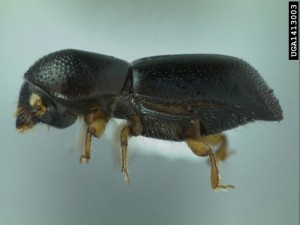
I frequently get phone calls from concerned homeowners about insect infestations of trees in their landscape. Trees may be …

In the spring of the year, many homeowners say to themselves: “THIS is the year I will get the …

by Susan Kelly The snow is finally melting, the slippery roads are a memory and we can abandon our heavy …
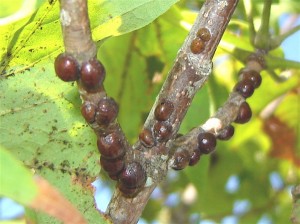
As winter begins to wind down, now is a good time to scout your plants for scale insects. Scale …

by Paige Burns Clark, N.C. Cooperative Extension Richmond County Director For people interested in gardening in the Sandhills, one of …
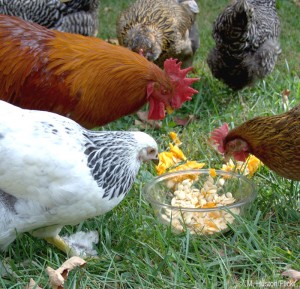
Is your backyard chicken-proof? Anyone with small children in their lives probably has taken steps to childproof their home …
August 1, 2014 North Carolina Forest Service Contact: Robert Trickel A new web site containing forest health maps has been developed by …
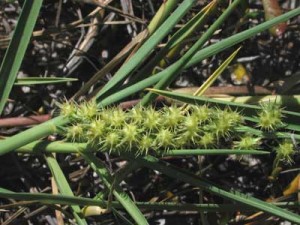
Every year at the end of the summer, I get calls from homeowners asking how to get rid of …
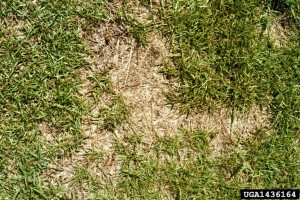
Centipedegrass is a warm season grass that is a commonly found in Sandhills lawns. It performs well here and …
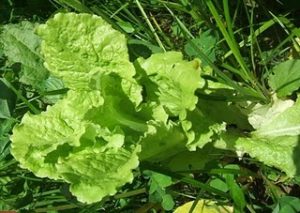
5/12/2023 – The article below was written about ten years ago, but this problem with carryover herbicides damaging farms …
11/11/2022 – I wrote the post below twelve years ago, but the problem is just as big as ever. …

This publication describes the invasive Callery pear species, its offspring, and how it can harm …
This factsheet describes the biology of the cane lace bug or bamboo lace bug, Leptodictya …

This factsheet describes the biology of the banded sphinx moth or lesser vine sphinx, Eumorpha …

This factsheet describes the biology of the elm-grass root aphid, Tetraneura ulmi, and provides residential …
This publication for homeowners and landscapers describes how to mow, fertilize, irrigate, and control weeds …

This factsheet summarizes the characteristics of bees and addresses how to control them as an …
This factsheet provides information on how to keep a lawn healthy and attractive and how …

This factsheet describes the symptoms of a shoot inhibitor herbicide injury.